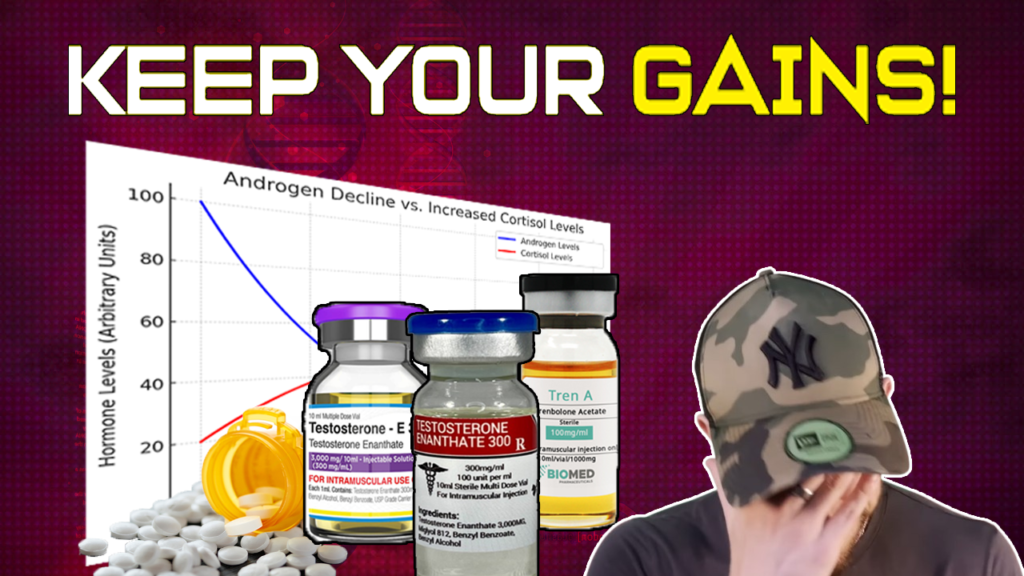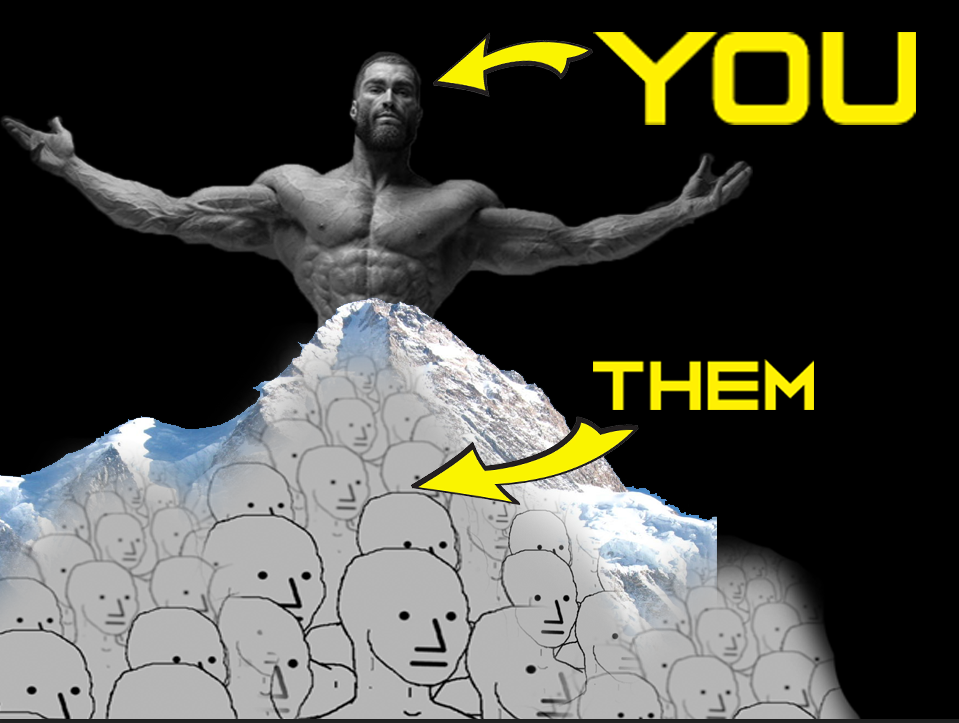Training Natural Vs. Enhanced. What changes?

Intro
This post will go into how training differs between a natural and an enhanced athlete, and how to train for optimal growth depending on which group you fall into.
Natural training
Beyond the initial newbie phase, naturals need high levels of intensity to create the adaptations needed for muscle growth.
Hard training as a natural will produce a lot of cortisol (the main stress hormone) particularly if they try and do too much volume. To compensate for this, optimal recovery protocols need to be put in place in order to tip the scale into anabolism and away from catabolism.
Sounds complicated and scary, but basically that means eating enough protein and calories, getting enough sleep, taking rest days and deloading when needed.
I was talking to a mate of mine in the gym the other day, and this guy on the rack next to us jumped into our conversation and starts talking about how he’s doing full body every day. Long story short – we entertained him for a while before leaving.
Later on I was reflecting on the conversation and it apparent to me that there’s no way this guy was training anywhere close to the level of intensity he needs to be for optimal results.
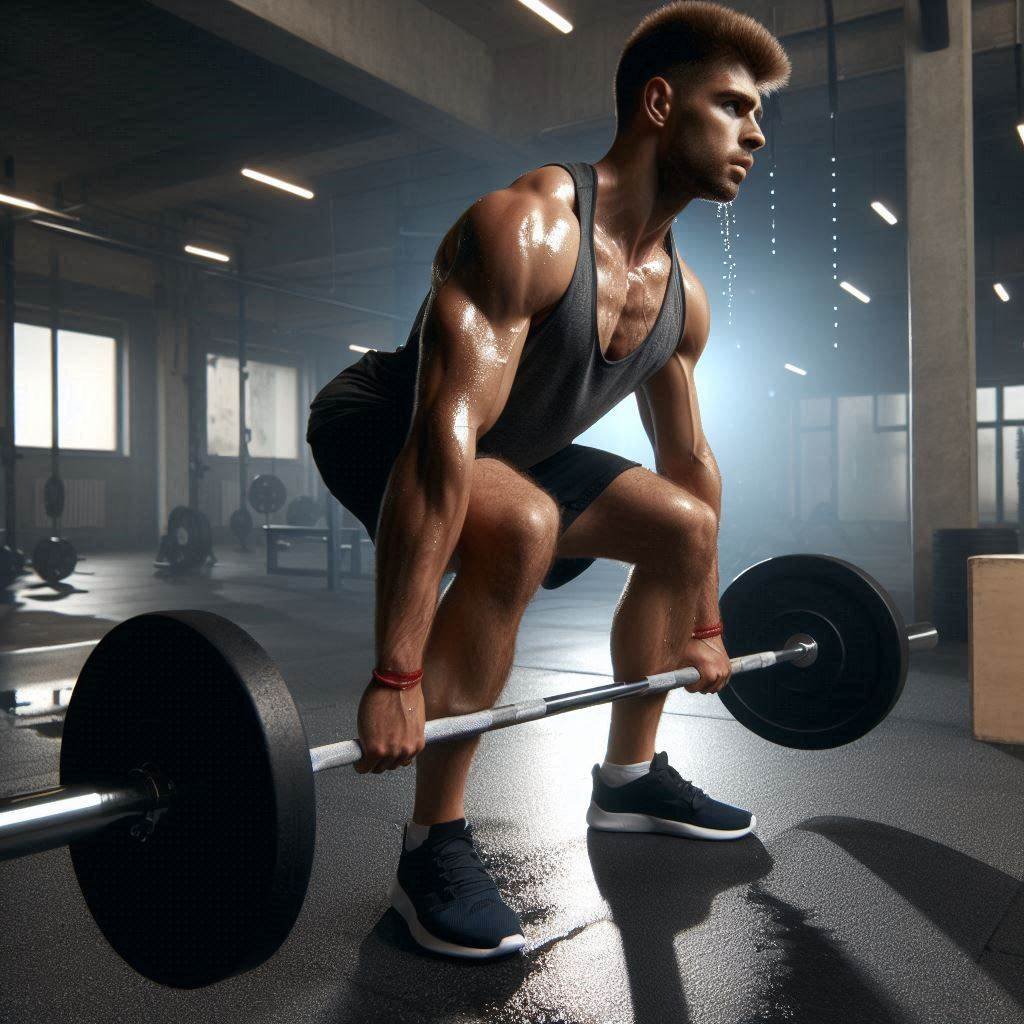
Simply because if he was, there’s no way he could recover as a natural (or even enhanced) in a day to be able to hit it again at a decent level of intensity to trigger the adaptations needed for muscle growth.
How to train as a natural athlete
So what does this mean for a natural athlete? This means focusing on performing key compound lifts with high intensity and frequency, rather than lots of volume and taking the least amount of necessary recovery time before hitting those muscle groups again.
Higher frequency is needed to take full advantage of the shorter window of muscle protein synthesis, which for a natural is elevated for just 24-48 hours in the target muscle after training.
This means that to keep a muscle in an optimal and constant state of growth and anabolism (providing protein and calories are in place to support it) you need to hit it every 3 days at a minimum.
Because muscle and connective tissues develop at the similar rates for a natural lifter. They can take advantage of using heavier, lower rep sets to drive overload without it being as much of an injury risk as it would be for the enhanced lifter.
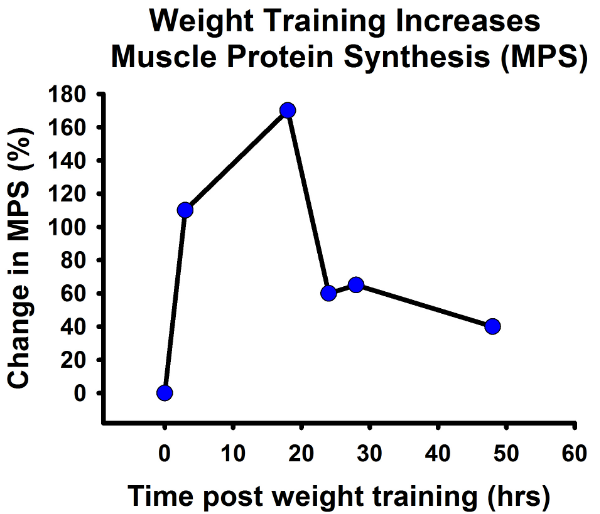
Intensity
In a single session a natural would get more benefit from doing 4-5 working sets (excluding warm-ups) per target muscle group and taking the last few sets close to, or to failure as opposed to 8-10 working sets with 1-2 reps in reserve which would be more beneficial to the enhanced athlete.
That’s just an example, but remember experimentation is key you’ll have to try different things and see what works for you and make adjustments based on how you recover.
If you do 3 sets and take the last one to failure, then wake up the day and can’t even tell that you’ve trained – Great, next time you go in and train that body part, take the last two sets to failure instead of just the last one.
You should be aiming to be sore in the target muscle group the following days, this is a good indicator that enough damage to the muscle has been done, and providing your recovery (protein intake, sleep) is adequate this should lead to the necessary adaptions to take place for growth to occur.
Doing too much volume as a natural runs the risk of excessive cortisol buildup which could lead to diminished anabolism, so it’s a fine line and one you’ll have to find for yourself.
What are the best training splits for a natural athlete?
Common and popular training splits for naturals include:
- Upper-Lower followed by two rest days.
- Full body 3x a week.
- Push-Pull-Legs-Off
These splits should focus on performing compound movements with high intensity and frequency as opposed to sheer volume in a single session.
Enhanced training
It should be overwhelmingly obvious that PED’s increase performance outputs, recovery and muscle gaining rates. They do this by;
- Drastically increasing the rate of muscle protein synthesis.
- Keep protein synthesis elevated for much longer, widening the window of potential growth for a target muscle.
- Improving nutrient partitioning – Increasing feed efficiency allowing more key nutrients to be extracted from food and put towards muscle repair and growth.
They are a dose-dependent way of effectively speeding up the rate that your body recovers from damage and enhancing its ability to assimilate amino acids from protein into new skeletal muscle tissue.
Some steroids also block cortisol to varying extents. The most potent being Trenbolone followed by Oxandrolone (Anavar) which bind to and block the glucocorticoid receptors.
This prevents muscle breakdown – further tipping the balance towards anabolism (muscle building) and away from catabolism (muscle breakdown).
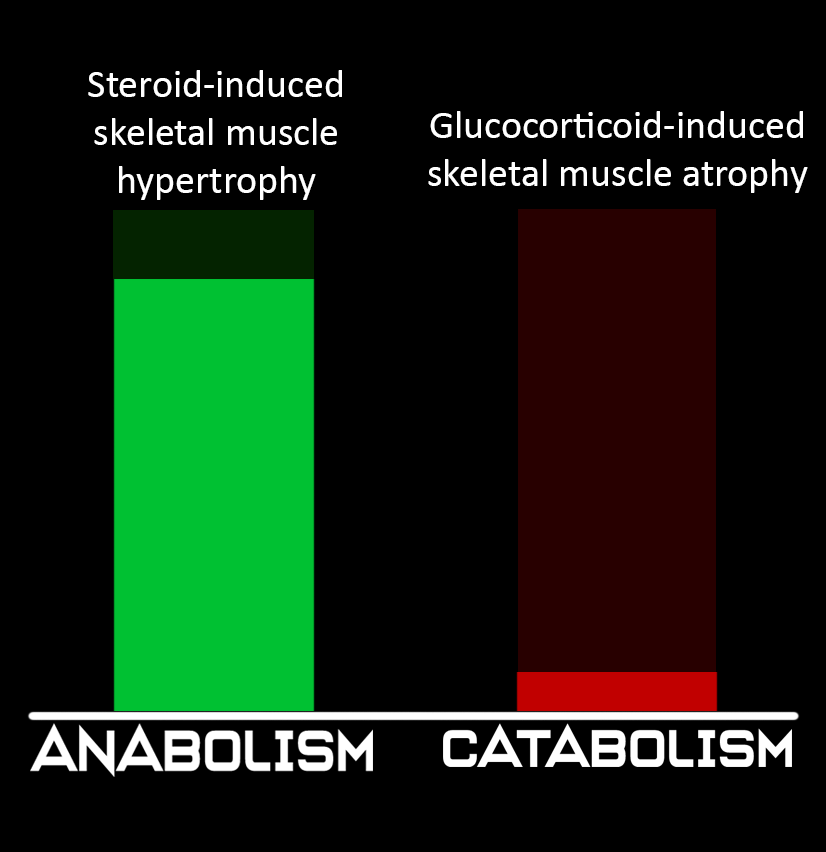
How to train as an enhanced athlete
So with this in mind, how does the training itself change for an enhanced athlete?
An enhanced lifter would find it more beneficial to focus on volume and time under tension and use extra reps and sets as the main driver of overload Vs. Just piling more weight on the bar to take advantage of the longer windows of protein synthesis but also to protect the tendons and connective tissues.
This is because your connective tissues (tendons, ligaments etc) are outpaced by the rate at which your muscles are growing and as a result may not be able to support the weight that your muscles are ‘technically’ capable of lifting.
Tendon damage is particularly common with orals and highly androgenic steroids such as Trenbolone and Masteron that have a more pronounced effect on neurological drive and CNS activation, meaning you’re able to more efficiently recruit muscle fibres during a lift – which is partly responsible for the freakish and rapid jumps in strength these compounds provide, but also leave the lifter vulnerable to horrendous muscle and tendon tears.
This is the reason that most of those gruesome muscle tears you see in videos are in enhanced guys rather than naturals.
You can protect yourself from this to a degree by using things like extra warm up sets and pre-exhausting muscle groups before hitting key compound lifts.
For an enhanced lifter (unless you are powerlifting) always keep the rep range above 8.
What are the best training splits for an enhanced athlete?
Common and popular training splits for an enhanced athlete include:
Push-Pull-Legs-Off
Chest/Shoulders-Back-Legs-Arms/Abs-Off
Chest-Back-Legs-Shoulders-Arms/Abs-Off-Off
These types of splits allow the enhanced athlete to blast one particular muscle group with volume and then take advantage of the long window of protein synthesis afterwards before hitting it again.
Personally, I find that Push-Pull-Legs-Off is a great balance between intensity, frequency and volume.
There’s a myth that if you’re enhanced, you won’t become sore the following days. This is false and if you’re training as hard as you should be to drive optimal growth then you will still have DOMS, they just won’t last as long because you will be recovering faster.
Cardio
A regular cardio routine is also essential for enhanced athletes to offset some of the damage done by PED’s. Namely to keep blood pressure under control and help offset some of the damage to cholesterol and lipid values.
It’s best to do cardio fasted but if that’s not possible then post-workout is fine.
15-20 minutes x5 a week of zone 2 cardio is adequate.
Zone 2 can be best described as ‘enough to make a conversation difficult’ but not enough to be completely out of breath.

Key takeaways
To sum things up, natural lifters should focus on frequency and intensity to maximise keeping protein synthesis elevated.
Enhanced lifters should focus on volume, time under tension and add reps and sets to drive overload before increasing weight.
They should also make sure they stay on top of cardio to help offset some of the damage done by PED’s.
